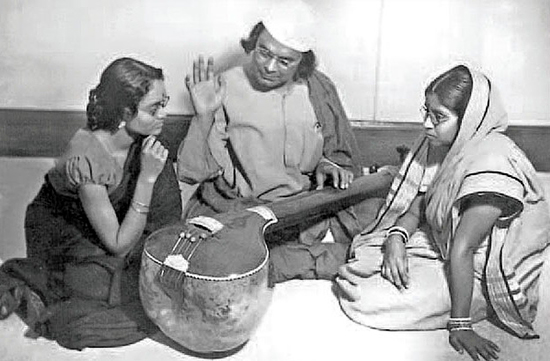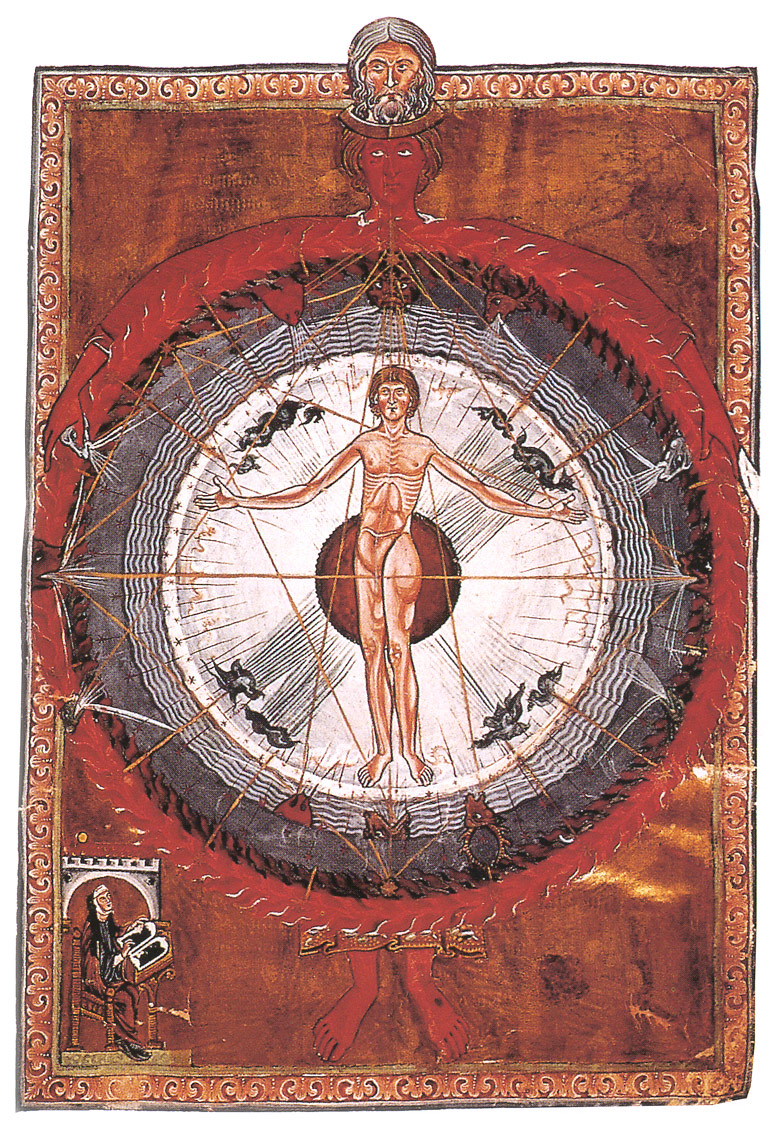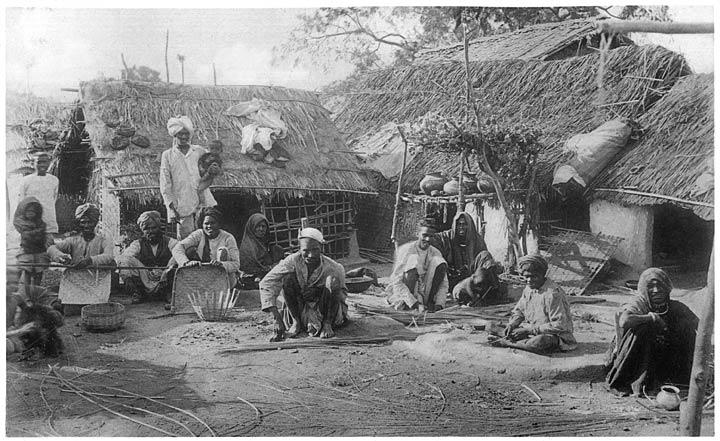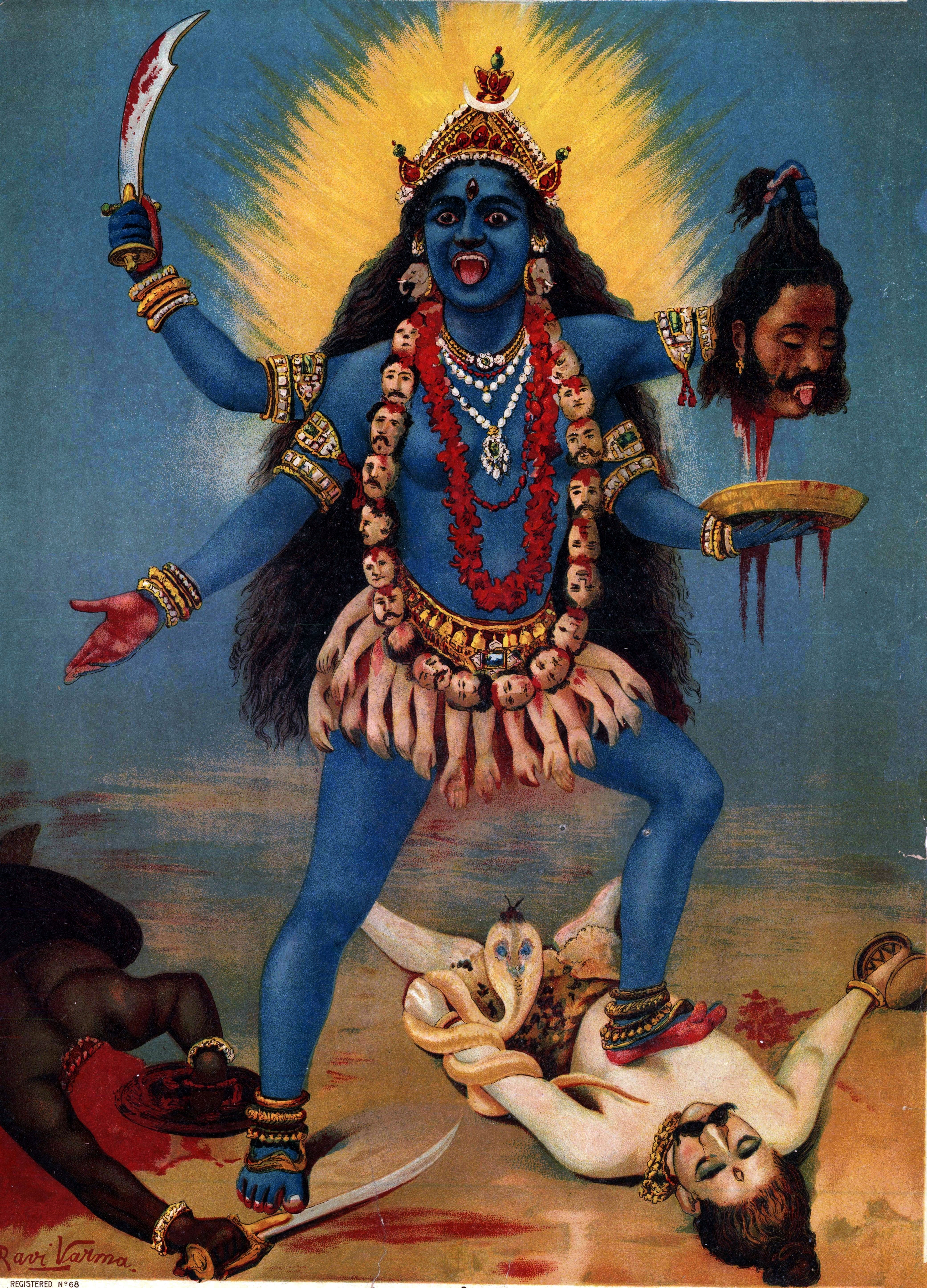|
Music Of Bengal
Bengali music () comprises a long tradition of religious and secular song-writing over a period of almost a millennium. Composed with lyrics in the Bengali language, Bengali music spans a wide variety of styles. History The earliest music in Bengal was influenced by Sanskrit chants, and evolved under the influence of Vaishnav poetry such as the 13th-century '' Gitagovindam'' by Jayadeva, whose work continues to be sung in many eastern Hindu temples. The Middle Ages saw a mixture of Hindu and Islamic trends when the musical tradition was formalized under the patronage of Sultan and Nawabs and the powerful landlords '' baro bhuiyans''. The earliest record of Sufism in Bengal goes back to 11th century AD in connection with the continuation of Sufism in northern India. Shah Sultan Rumi was the first Sufi to come to Bengal, when he came to Mymensingh in 1053 AD.Sufism not only helped in the spread of Islam in Bengal, but also contributed to the eventual creation of a Musli ... [...More Info...] [...Related Items...] OR: [Wikipedia] [Google] [Baidu] |
Religious
Religion is a range of social- cultural systems, including designated behaviors and practices, morals, beliefs, worldviews, texts, sanctified places, prophecies, ethics, or organizations, that generally relate humanity to supernatural, transcendental, and spiritual elements—although there is no scholarly consensus over what precisely constitutes a religion. It is an essentially contested concept. Different religions may or may not contain various elements ranging from the divine, sacredness, faith,Tillich, P. (1957) ''Dynamics of faith''. Harper Perennial; (p. 1). and a supernatural being or beings. The origin of religious belief is an open question, with possible explanations including awareness of individual death, a sense of community, and dreams. Religions have sacred histories, narratives, and mythologies, preserved in oral traditions, sacred texts, symbols, and holy places, that may attempt to explain the origin of life, the universe, and other phe ... [...More Info...] [...Related Items...] OR: [Wikipedia] [Google] [Baidu] |
Baul
The Baul () are a group of mystic minstrels of mixed elements of Sufism and Vaishnavism from different parts of Bangladesh and the neighboring Indian states of West Bengal, Tripura and Assam's Barak Valley and Meghalaya. Bauls constitute both a religious syncretism, syncretic religious sect of troubadours and a musical tradition. Bauls are a very heterogeneous group, with many sects, but their membership mainly consists of Vaishnavism, Vaishnava Hindus and Sufism, Sufi Muslims. They can often be identified by their distinctive clothes and musical instruments. Lalon, Lalon Shah is regarded as the most celebrated Baul saint in history. Although Bauls constitute only a small fraction of the Bengali population, their influence on the culture of Bengal is considerable. In 2005, the "Baul tradition of Bangladesh" was included in the list of Masterpieces of the Oral and Intangible Heritage of Humanity by UNESCO. [...More Info...] [...Related Items...] OR: [Wikipedia] [Google] [Baidu] |
Bhakti
''Bhakti'' (; Pali: ''bhatti'') is a term common in Indian religions which means attachment, fondness for, devotion to, trust, homage, worship, piety, faith, or love.See Monier-Williams, ''Sanskrit Dictionary'', 1899. In Indian religions, it may refer to loving devotion for a personal God (like Krishna or Devi), a formless ultimate reality (like Nirguna Brahman or the Sikh God) or an enlightened being (like a Buddha, a bodhisattva, or a guru).Bhakti ''Encyclopædia Britannica'' (2009)Karen Pechelis (2011), "Bhakti Traditions", in ''The Continuum Companion to Hindu Studies'' (Editors: Jessica Frazier, Gavin Flood), Bloomsbury, , pp. 107–121 Bhakti is often a deeply emotional devotion based on a relationship ... [...More Info...] [...Related Items...] OR: [Wikipedia] [Google] [Baidu] |
Mystical
Mysticism is popularly known as becoming one with God or the Absolute, but may refer to any kind of ecstasy or altered state of consciousness which is given a religious or spiritual meaning. It may also refer to the attainment of insight in ultimate or hidden truths, and to human transformation supported by various practices and experiences. The term "mysticism" has Ancient Greek origins with various historically determined meanings. Derived from the Greek word μύω ''múō'', meaning "to close" or "to conceal", mysticism came to refer to the biblical, liturgical (and sacramental), spiritual, and contemplative dimensions of early and medieval Christianity. During the early modern period, the definition of mysticism grew to include a broad range of beliefs and ideologies related to "extraordinary experiences and states of mind". In modern times, "mysticism" has acquired a limited definition, with broad applications, as meaning the aim at the "union with the Absolute, ... [...More Info...] [...Related Items...] OR: [Wikipedia] [Google] [Baidu] |
Caste
A caste is a Essentialism, fixed social group into which an individual is born within a particular system of social stratification: a caste system. Within such a system, individuals are expected to marry exclusively within the same caste (endogamy), follow lifestyles often linked to a particular occupation, hold a ritual status observed within a hierarchy, and interact with others based on cultural notions of social exclusion, exclusion, with certain castes considered as either more pure or more polluted than others. The term "caste" is also applied to morphological groupings in eusocial insects such as ants, bees, and termites#caste, termites. The paradigmatic ethnographic example of caste is the division of India's Hinduism, Hindu society into rigid social groups. Its roots lie in South Asia's ancient history and it still exists; however, the economic significance of the caste system in India seems to be declining as a result of urbanisation and affirmative action programs. ... [...More Info...] [...Related Items...] OR: [Wikipedia] [Google] [Baidu] |
Indian Subcontinent
The Indian subcontinent is a physiographic region of Asia below the Himalayas which projects into the Indian Ocean between the Bay of Bengal to the east and the Arabian Sea to the west. It is now divided between Bangladesh, India, and Pakistan. (subscription required) Although the terms "Indian subcontinent" and "South Asia" are often also used interchangeably to denote a wider region which includes, in addition, Bhutan, the Maldives, Nepal and Sri Lanka, the "Indian subcontinent" is more of a geophysical term, whereas "South Asia" is more geopolitical. "South Asia" frequently also includes Afghanistan, which is not considered part of the subcontinent even in extended usage.Jim Norwine & Alfonso González, ''The Third World: states of mind and being'', pages 209, Taylor & Francis, 1988, Quote: ""The term "South Asia" also signifies the Indian Subcontinent""Raj S. Bhopal, ''Ethnicity, race, and health in multicultural societies'', pages 33, Oxford University Press, 2007, ; Q ... [...More Info...] [...Related Items...] OR: [Wikipedia] [Google] [Baidu] |
Lalon
Lalon (; died 17 October 1890), also known as Lalon Shah, Lalon Fakir, Shahji, was a Bengali spiritual leader, philosopher, mystic poet and social reformer. Regarded as an icon of Bengali culture, he inspired and influenced many philosophers, poets and social thinkers including Rabindranath Tagore, Kazi Nazrul Islam and Allen Ginsberg. Lalon's philosophy of humanity rejects all distinctions of caste, class, and creed and takes stand against theological conflicts and racism. It denies all worldly affairs in search of the soul and embodied the socially transformative role of sub-continental Bhakti and Sufism. Lalon founded the institute known as Lalon Akhra in Cheuriya, about from Kushtia railway station in southwestern Bangladesh. His disciples dwell mostly in Bangladesh and Indian states of West Bengal, Tripura and Assam’s Barak valley. Every year on the occasion of his death anniversary, thousands of his disciples and followers assemble at Lalon Akhra and pay homage to hi ... [...More Info...] [...Related Items...] OR: [Wikipedia] [Google] [Baidu] |
Kali
Kali (; , ), also called Kalika, is a major goddess in Hinduism, primarily associated with time, death and destruction. Kali is also connected with transcendental knowledge and is the first of the ten Mahavidyas, a group of goddesses who provide liberating knowledge. Of the numerous Hindu goddesses, Kali is held as the most famous. She is the preeminent deity in the Hindu tantric and the Kalikula worship traditions, and is a central figure in the goddess-centric sects of Hinduism as well as in Shaivism. Kali is chiefly worshipped as the Divine Mother, Mother of the Universe, and Divine feminine energy. The origins of Kali can be traced to the pre-Vedic and Vedic era goddess worship traditions in the Indian subcontinent. Etymologically, the term ''Kali'' refers to one who governs time or is black. The first major appearance of Kali in the Sanskrit literature was in the sixth-century CE text '' Devi Mahatmya''. Kali appears in many stories, with the most popular one bein ... [...More Info...] [...Related Items...] OR: [Wikipedia] [Google] [Baidu] |
Ramprasad Sen
( 1723/1718 – c. 1775) was a Hindu Shakta poet and saint of 18th-century Bengal. His '' bhakti'' poems, known as Ramprasadi, are still popular in Bengal—they are usually addressed to the Hindu goddess Kali and written in Bengali., p. 162 Stories of Ramprasad's life typically include legends and myths mixed with biographical details. It is said that, Ramprasad was born into a Bengali Baidya Brahmin family, and showed an inclination towards poetry from an early age. He was highly influenced by Krishnananda Agamavagisha, a Tantric scholar and yogi. Ramprasad became well known for his devotional songs. His life has been the subject of many stories depicting his devotion to, and relationship with, Kali. Ramprasad's literary works include ''Vidyasundar'', ''Kali-kirtana'', ''Krishna-kirtana'' and ''Shaktigiti''. Ramprasad is credited with creating a new compositional form that combined the Bengali folk style of Baul music with classical melodies and '' kirtan''. T ... [...More Info...] [...Related Items...] OR: [Wikipedia] [Google] [Baidu] |
Bengalis
Bengalis ( ), also rendered as endonym and exonym, endonym Bangalee, are an Indo-Aryan peoples, Indo-Aryan ethnolinguistic group originating from and culturally affiliated with the Bengal region of South Asia. The current population is divided between the sovereign country Bangladesh and the India, Indian regions of West Bengal, Tripura, Barak Valley of Assam, Andaman and Nicobar Islands, and parts of Meghalaya, Manipur and Jharkhand. Most speak Bengali language, Bengali, a classical languages of India, classical language from the Indo-Aryan languages, Indo-Aryan language family. Bengalis are the List of contemporary ethnic groups, third-largest ethnic group in the world, after the Han Chinese and Arabs. They are the largest ethnic group within the Indo-European languages, Indo–European linguistic family and the largest ethnic group in South Asia. Apart from Bangladesh and the Indian states of West Bengal, Tripura, Manipur, and Assam's Barak Valley, Bengali-majority popula ... [...More Info...] [...Related Items...] OR: [Wikipedia] [Google] [Baidu] |
Kushtia
Kushtia () is a city located on the banks of the Gorai River in Bangladesh. It serves as the headquarters of Kushtia District and is considered the cultural capital of Bangladesh. The city is known for its Tiler Khaja (sesame sweets), kulfi malai, and the Mausoleum of Lalon Shah. Kushtia is home to numerous medium and heavy industries that playing a vital role in the national economy. The area of Kushtia Municipality is . According to the 2022 Bangladeshi census the population of Kushtia Municipality is 221,804. In 1864 the 'Kushtia Union Committee' was formed with 10 villages under the Kushtia subdivision. During this time, the town of Kushtia developed in the mouzas of Mojompur and Bahadurkhali. In 1869 the Kushtia Municipality was established. With the construction of the and railway station in 1871 various industries began to emerge in the town. Among them, Mohini Mill and Renwick Jajneswar & Co Limited are notable. Etymology Kushtia has long been widely recog ... [...More Info...] [...Related Items...] OR: [Wikipedia] [Google] [Baidu] |
Lalon Fakir
Lalon (; died 17 October 1890), also known as Lalon Shah, Lalon Fakir, Shahji, was a Bengali spiritual leader, philosopher, mystic poet and social reformer. Regarded as an icon of Bengali culture, he inspired and influenced many philosophers, poets and social thinkers including Rabindranath Tagore, Kazi Nazrul Islam and Allen Ginsberg. Lalon's philosophy of humanity rejects all distinctions of caste, class, and creed and takes stand against theological conflicts and racism. It denies all worldly affairs in search of the soul and embodied the socially transformative role of sub-continental Bhakti and Sufism. Lalon founded the institute known as Lalon Akhra in Cheuriya, about from Kushtia railway station in southwestern Bangladesh. His disciples dwell mostly in Bangladesh and Indian states of West Bengal, Tripura and Assam’s Barak valley. Every year on the occasion of his death anniversary, thousands of his disciples and followers assemble at Lalon Akhra and pay homage to him ... [...More Info...] [...Related Items...] OR: [Wikipedia] [Google] [Baidu] |









